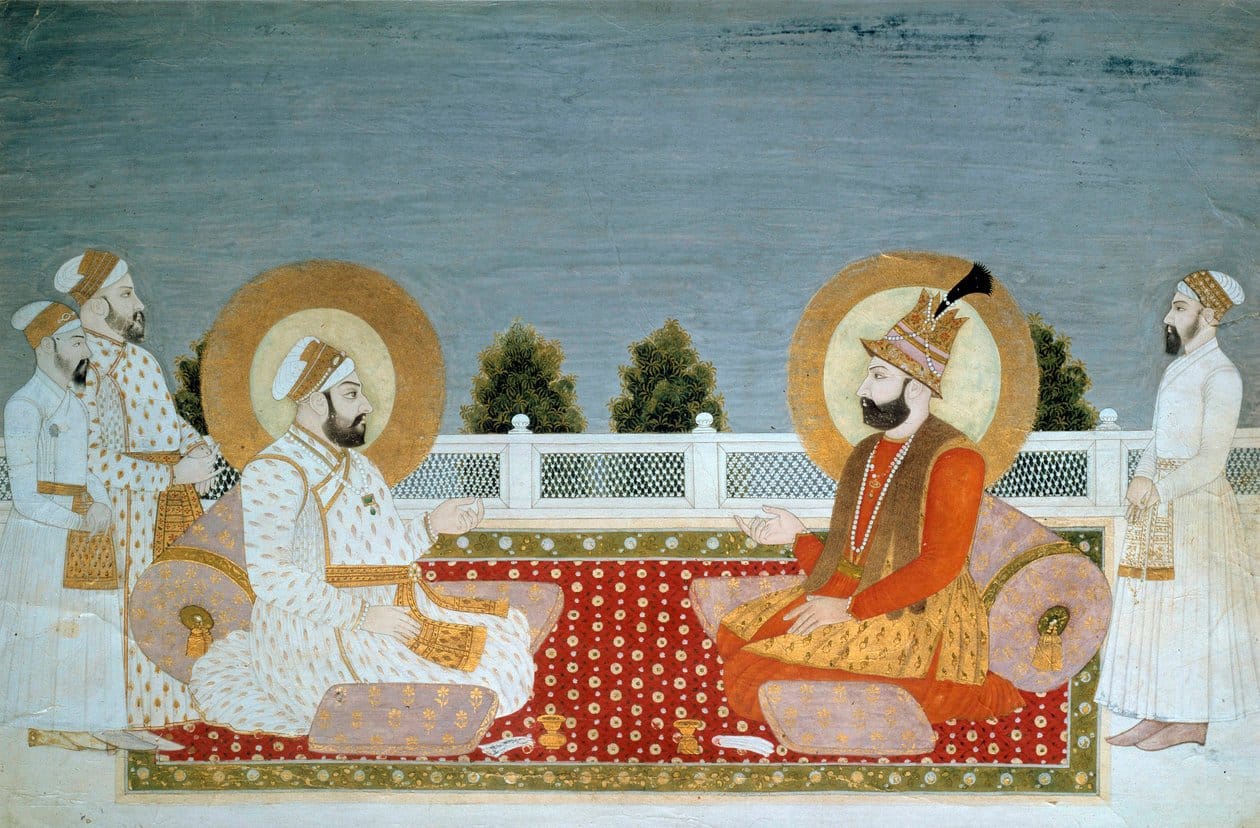“We Do Not Have Our Lives Secured”: Teaching the Age of Revolutions, c.1750 - c.1850
Discussion of teaching the Age of Revolutions from a global perspective

The Atlantic Revolutions is probably the most taught topic in world history courses. It almost always gets its own textbook chapter emphasizing how these revolutions produced significant changes. For example, the chapter in Traditions & Encounters begins with this claim:
Violence rocked lands throughout much of the Atlantic Ocean basin in the late eighteenth and early nineteenth centuries as a series of revolutions and wars of independence brought dramatic political and social change. People attempted to restructure their societies—if necessary by violent means—by abolishing traditional social and political institutions and replacing them with new ones.
Chances are that you’ll find similar arguments in almost any world history textbook, and that makes sense. The Atlantic Revolutions were important, but we also are stuck in an approach to these revolutions that still reflects two books from the middle of the twentieth century: R.R. Palmer’s The Age of the Democratic Revolution: A Political History of Europe and America, 1760-1800 and Eric Hobsbawm’s The Age of Revolution: 1789-1848. Palmer focused on the American and French Revolutions, and Hobsbawm concentrated on the French Revolution and the Industrial Revolution. Still, they both saw the development of modernity through a Eurocentric lens trained on the North Atlantic and from a top-down perspective. Neither author discussed the Haitian or Latin American Revolutions, which have become essential to any chapter on the Atlantic Revolutions. It almost doesn’t matter because most textbook authors present those revolutions as outgrowths of the American and French Revolutions.

Despite the supposed radical nature of these revolutions, I taught these revolutions quite conservatively for the first decade of teaching. Over time, I completely transformed how I frame these revolutions. The following month will focus on how we teach the Atlantic Revolutions as part of a global Age of Revolutions. I previously discussed how I began to center the Haitian Revolution. In this post, I will discuss why we should view the Atlantic Revolutions from a global perspective, include the experiences of Indigenous Americans, and highlight how individual experienced and understood these revolutions.



